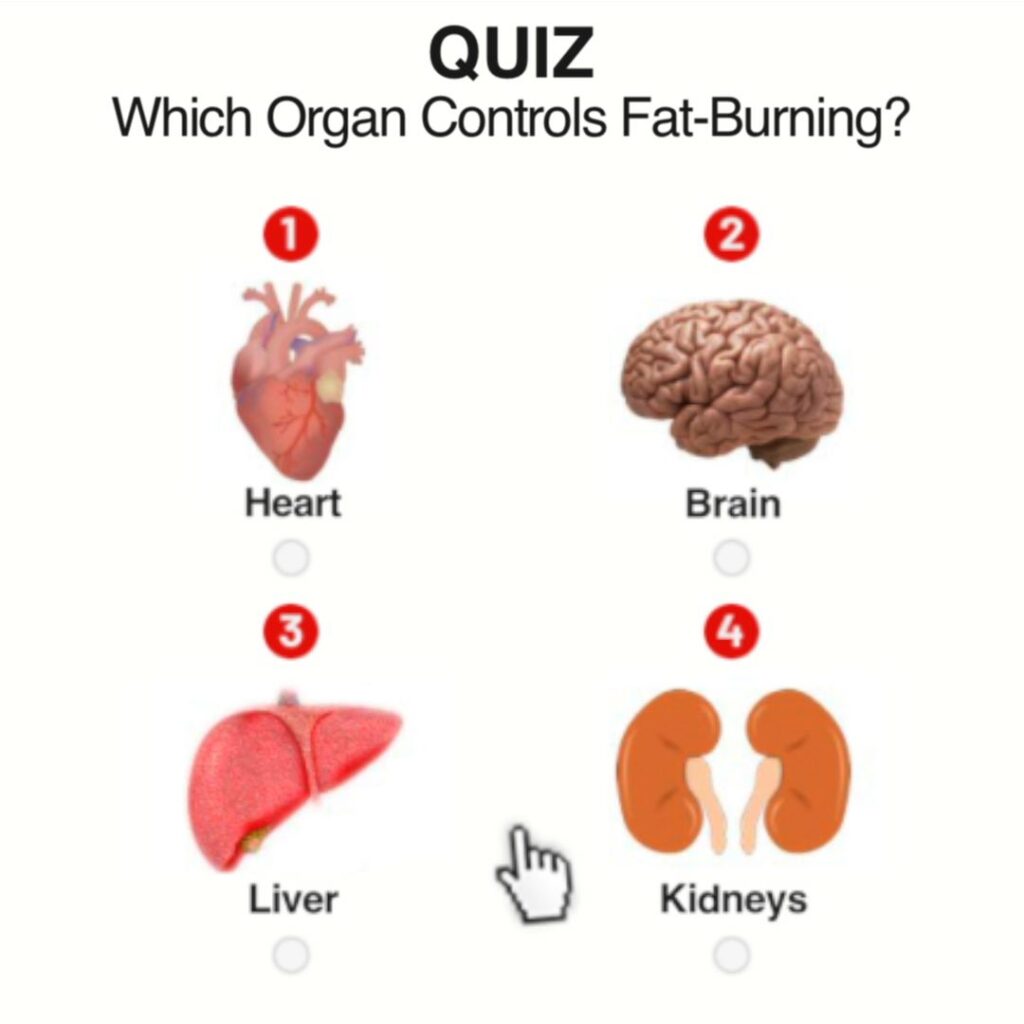I Lift Weights But Can’t Build Muscle. What’s Wrong?
So there’s this guy I know who used to crush it in the gym. He lifted weights six days per week, always did cardio and ate only clean protein, low carbs and low fats. He knew how to gain muscle and was on a quest to change his body—getting lean, strong and muscular at the same time. This idea of a physical transformation consumed his every waking moment.
He figured that with everything he had put his body through, eventually he would shed all of his excess fat and build quality muscle.
Months went by, and he realized something as he caught a glimpse of himself in the mirror. He stared long and hard, and what he saw was not the “beast” he thought he was in the gym. He saw a person who looked like he didn’t lift weights at all.
This person was me.
If this story reminds you of yourself or someone you know, listen up. To build quality mass and get stronger at the same time, you don’t always need to work harder; you need to work smarter. Here’s what you need to do.
Recovery
If you train too much, you can’t recover. Your body builds muscle outside the gym, not in the gym. Lifting weights only provides the stimulus for your body to adapt, and then you must allow it to adapt through proper rest, sleep and nutrition. Neglecting to do so may cause you to overtrain, make no gains and possibly even lose your muscle mass.
Nutrition
We all know that proper diet and exercise are crucial, but a good diet doesn’t mean neglecting certain nutrients or macros in favor of trying to be “clean.” The best diet to build muscle requires a calorie surplus of at least 15 percent of what you eat to maintain. Your diet must also be balanced. I learned protein is not the only essential thing we need to build muscle and be healthy. Do not neglect carbohydrates and fats—doing so will only hinder your gains.
Cardio
How much and what kind of cardio are you doing? I covered this in relation to weight loss, but it also affects muscle size. This is important, because if you perform too much cardio, your body will not see optimal adaptations to resistance training. If you’re doing steady-state cardio, you’re working a different energy system from the one engaged in resistance training, and too much of it actually shrinks your muscles and robs you of size and strength.
Doing extra cardio means you could lose calories that could be put to use building new muscle, which requires a lot of cellular energy. This energy deficit cannot be replenished by oxidizing carbohydrates and fat, so the body resorts to breaking down muscle tissue for energy.
To support your goal to build muscle, I recommend no more than three 20-minute cardio sessions per week.The less cardio you do, the better your gains may be. However, doing some cardio can burn extra fat and improve your ability to recover during weight-training workouts.
Volume
How much do you lift? How often? How much time do you spend in the gym? How many sets and reps are you doing per body part?
Volume is extremely important, because if you do too little, your muscles won’t grow; but if you do too much, your muscles will break down.
Research found that hormone concentrations of testosterone and growth hormone rise during the first 30 minutes of training. However, after about 45 to 60 minutes, these levels drop sharply as stress builds up with a corresponding rise in cortisol concentrations. Cortisol breaks down muscles, making it more difficult to recover and grow. This leads to overtraining and the inability to adapt, especially if you are lifting five to six days per week and your total volume is above 20 to 25 sets. If you fall in this category, you are overtraining.
There is a fine line here. One hour with the weights is the absolute max. If you hit that one-hour mark, drop what you are doing, go recover with some protein and carbohydrates. New trainees need less volume and/or workouts per week to see results.
Rep Ranges and Overload
It is universally accepted in the strength and conditioning community that to stimulate hypertrophy, the optimal rep range should be around 10; and it should be almost impossible to do another rep. The 10-rep range places just enough metabolic stress on the body to increase hormone concentrations and mechanically overload the muscles, calling upon them to grow.
The principle of “overload” states that the body adapts to the stress of training, but it works harder or longer than normal. If overload is featured gradually and regularly, the body adapts to tolerate the increased stress. You must then continue to overload your system to progress. For instance, if you can lift a weight for 12 to 13 reps when your goal is 10, it’s time to increase the weight.
Rest Periods
If you want to increase your chances for hypertrophy and hormonal adaptations, you must limit rest periods to no more than 60 to 90 seconds, since you’re lifting at a moderate percentage of your one-rep max. The high fatigue from this setup stimulates the release of muscle-building hormones. Also, the body sends more blood to the working muscles and less to tissues that are need less, causing less blood to flow through the liver, preventing testosterone from breaking down.
Practical Recommendations
Our goal is to get stronger and promote skeletal muscle hypertrophy. Below is an optimal resistance training program for an experienced lifter on a high-volume chest/triceps day. The idea is to reduce intensity as you decrease the rest intervals and increase the reps. This takes advantage of the proper energy systems, promotes fiber transformation, strength gains, optimal hormonal levels, blood flow and ultimately muscle fiber hypertrophy.
- Bench Press: 2-3×3-6 @ 85-93% with 2-4 min. rest
- Incline Dumbbell Press: 3-4×8-10 @ 75-80% with 1.5-2 min. rest
- Hammer Strength Wide Chest: 3-4×10-12 @ 70-75% with 1-1.5 min. rest
- Hammer Strength Decline Chest: 3-4×12-15 @65-70% with 1 min. rest
- Cable Flys: 3-4×15-25 @ 50-70% with 30 sec. rest
- Tricep Dips: 3×10-12 @ 70-75% with 30-60 sec. rest
- Tricep Pushdowns: 3×10-12 @ 70-75% with 30-60 sec. rest
- Single-Arm Cable Pull-Downs: 3×15-25 @5 0-70% with 30 sec. rest
P.S. It’s is also important to remember that as we age we lose muscle strength and tone. For men, there will be a reduction in testosterone and for women . . . . a loss of estrogen.
P.P.S. Visit Exercises for Diabetics Today for easy workouts you can start now . . . and be ten pounds lighter in five weeks.







